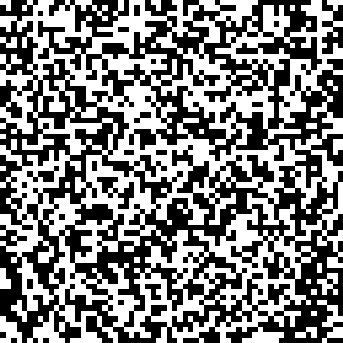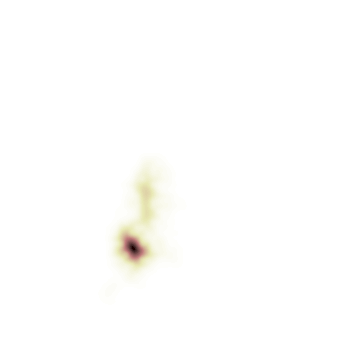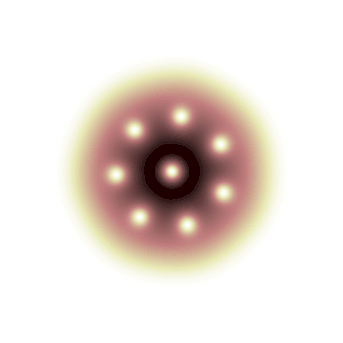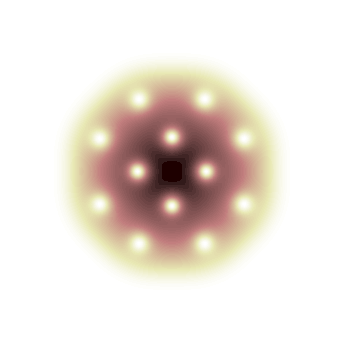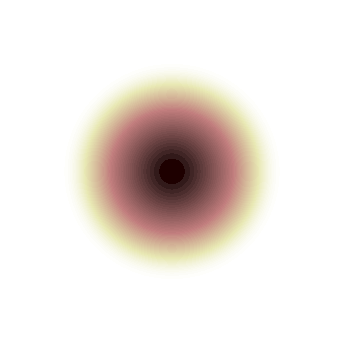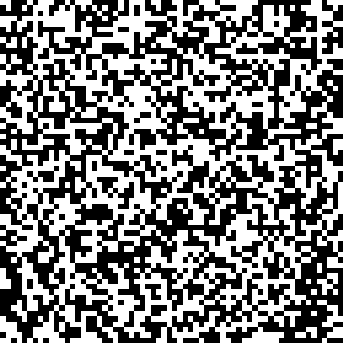This paper studies the $J$-method of [E. Jarlebring, S. Kvaal, W. Michiels. SIAM J. Sci. Comput. 36-4:A1978-A2001, 2014] for nonlinear eigenvector problems in a general Hilbert space framework. This is the basis for variational discretization techniques and a mesh-independent numerical analysis. A simple modification of the method mimics an energy-decreasing discrete gradient flow. In the case of the Gross-Pitaevskii eigenvalue problem, we prove global convergence towards an eigenfunction for a damped version of the $J$-method. More importantly, when the iterations are sufficiently close to an eigenfunction, the damping can be switched off and we recover a local linear convergence rate previously known from the discrete setting. This quantitative convergence analysis is closely connected to the~$J$-method's unique feature of sensitivity with respect to spectral shifts. Contrary to classical gradient flows, this allows both the selective approximation of excited states as well as the amplification of convergence beyond linear rates in the spirit of the Rayleigh quotient iteration for linear eigenvalue problems. These advantageous convergence properties are demonstrated in a series of numerical experiments involving exponentially localized states under disorder potentials and vortex lattices in rotating traps.
翻译:本文研究[E. Jarlebring, S. Kvaal, W. Michiels, W. Michiels. Sci. SIAM J. Sci. Comput. 36-4: A1978-A2001, 2014] 非线性肝素问题在一般Hilbert空间框架中的计算方法。 这是差异分解技术和网状独立数字分析的基础。 方法的简单修改模仿了能量分流的离散性梯度流。 在Gross- Pitaevskii eigenvalval 问题中,我们证明全球趋同到一个螺旋型版本的美元- compt. 36-4: A1978- A2001, 2014] 。 更重要的是,当迭代值足够接近于一个机能功能时, 阻断可以被关闭, 我们恢复以前从离散环境中知道的本地线性趋同率。 这种定量趋同分析与光变异性特征的独特特征。 与古典梯度流动相反,这既允许全球趋同性地接近,也使得高额水平的不断趋同,在高水平上,也意味着,在高水平上,在高水平上变正值的变。

